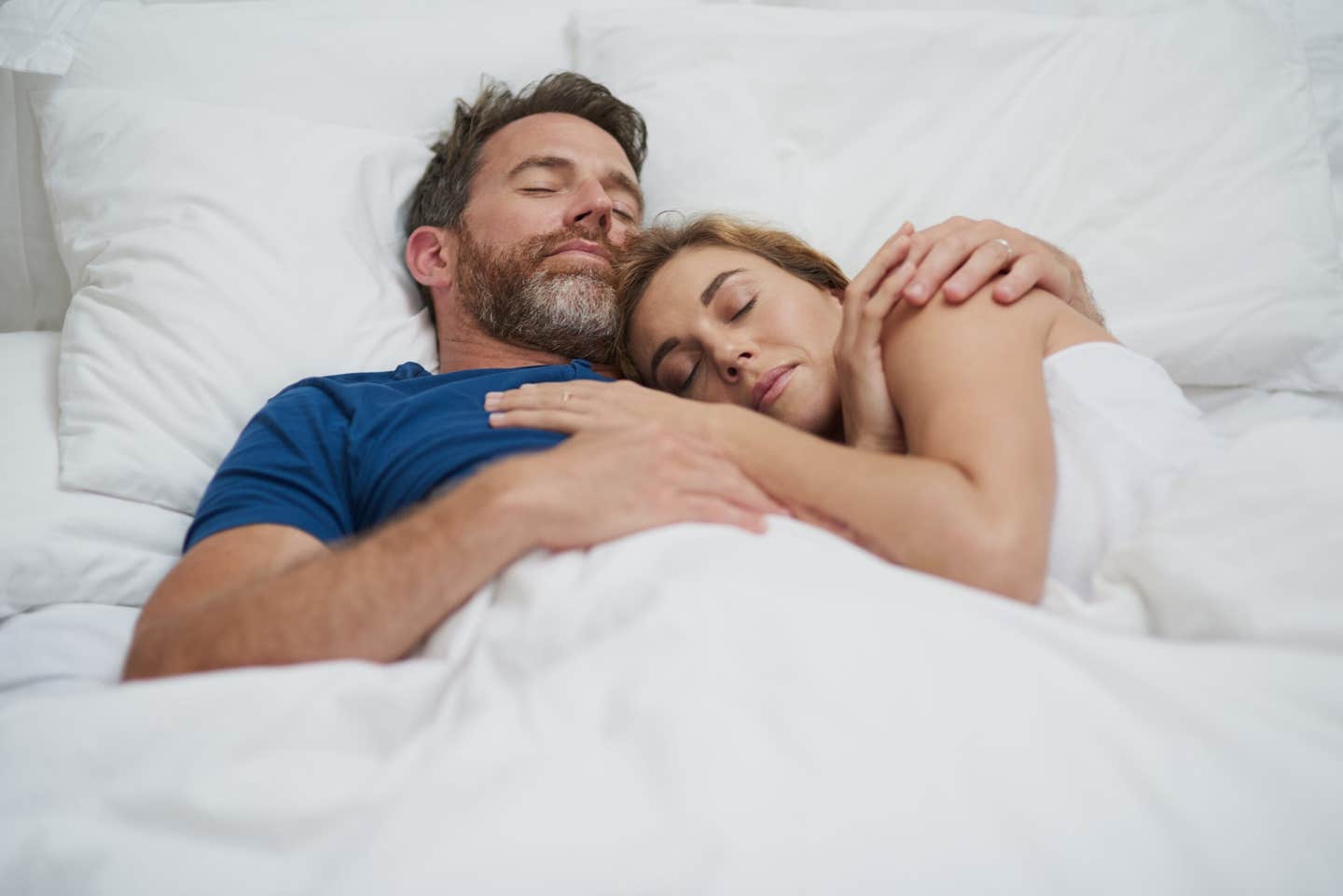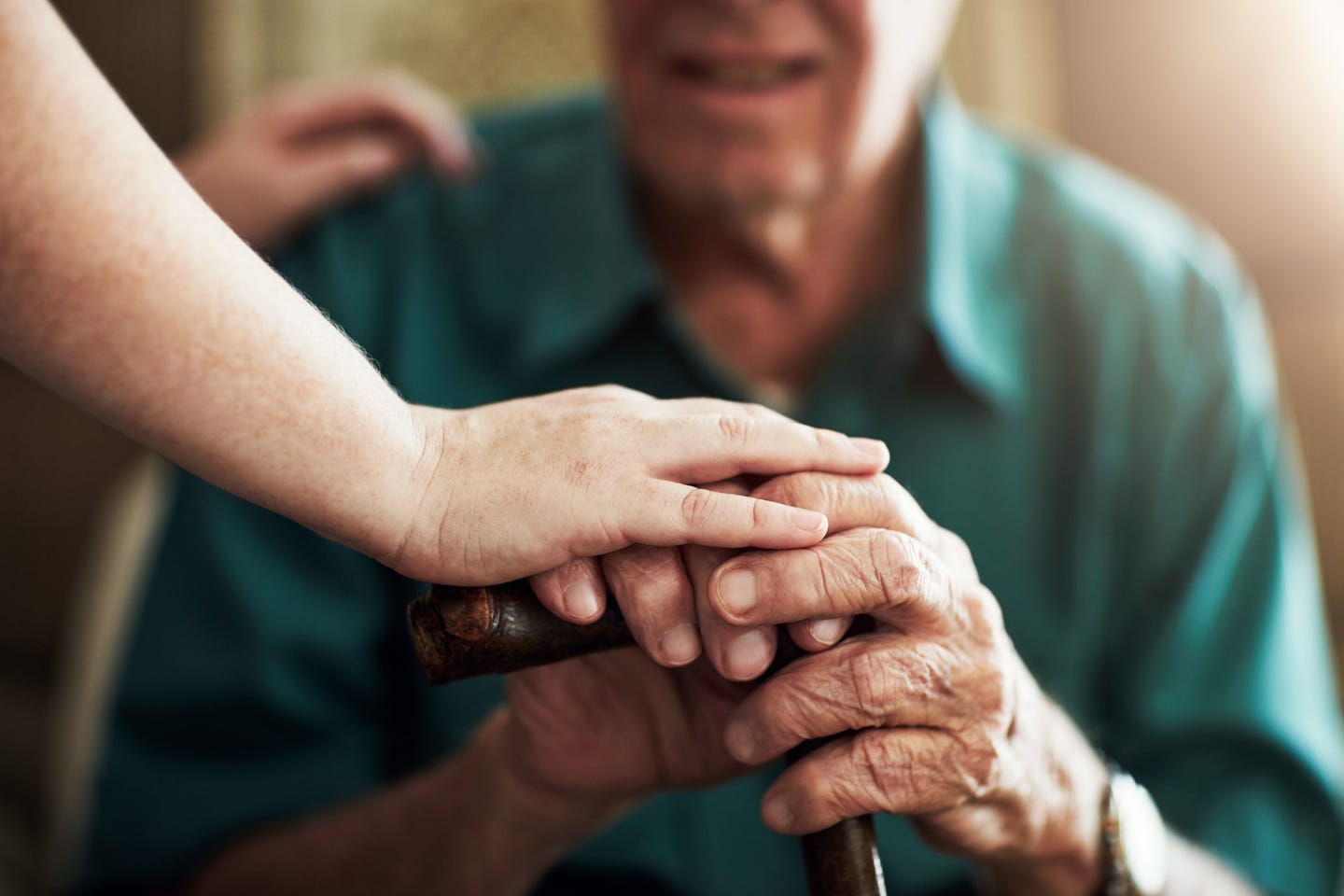Scientists identify the optimal sleep temperature for healing and renewal
CDC reports that about 35% of adults in the United States regularly fall short of the recommended seven hours of sleep.

A yearlong study reveals that older adults sleep best in warmer rooms, challenging the idea that cooler bedrooms always improve sleep. (CREDIT: Shutterstock)
Each morning, countless people start their day with the same question: “How did you sleep last night?” For many, the answer isn’t what they hope. The Centers for Disease Control and Prevention reports that about 35% of adults in the United States regularly fall short of the recommended seven hours of sleep. Missing out on rest doesn’t just cause grogginess. It raises the risk of obesity, diabetes, high blood pressure, stroke, heart disease, and depression.
Older adults face even greater challenges when it comes to sleep. Despite needing the same seven to nine hours as younger people, they often wrestle with restless nights. Shifts in circadian rhythms, medication side effects, and pain from chronic illnesses make it harder to get uninterrupted rest. The National Institute on Aging notes that many seniors fall asleep earlier, wake earlier, and are more likely to experience fragmented sleep.
While many studies have focused on medical or behavioral reasons for poor sleep, the role of the bedroom environment has often been overlooked. Yet, a new study highlights how something as simple as temperature can play a powerful role in shaping how well older adults sleep.
Looking at Sleep Through a New Lens
Dr. Amir Baniassadi of the Hinda and Arthur Marcus Institute for Aging Research at Hebrew SeniorLife, an affiliate of Harvard Medical School, led the research. He and his team set out to explore how room temperature affects sleep for people over 65 who live independently in their homes.
“Most research into sleep problems has focused on physical and behavioral factors, even though the sleep environment is just as influential,” Dr. Baniassadi explained.
The team tracked nearly 11,000 nights of data from about 50 participants over the course of a year. Using wearable devices to measure sleep quality and sensors to record nighttime bedroom temperatures, they collected one of the most detailed records of how environment shapes sleep in older age. The findings were published in Science of the Total Environment.
Related Stories
- Common sleep medication could help prevent Alzheimer’s, study finds
- Poor sleep habits linked to a sharp rise in Dementia risk
Warmer Nights Bring Better Rest
The results challenged common advice that cooler rooms promote better sleep. For younger and middle-aged adults, cooler spaces—around 65°F (18°C)—tend to help the body wind down. But for older adults, the sweet spot was warmer. The best sleep quality occurred when bedroom temperatures ranged between 68°F and 77°F (20°C to 25°C).
When rooms warmed by an extra 5°F (about 3°C) above that range, sleep efficiency dropped by 5 to 10 percent. Sleep efficiency refers to how much of the time in bed is actually spent asleep rather than awake or restless. For example, if someone spends eight hours in bed but only seven asleep, the efficiency is about 87.5%. A decline of 10% might seem small, but for people already dealing with fragmented sleep, those lost minutes can add up.
The findings suggest that older bodies, which naturally struggle more with temperature regulation, may need a slightly warmer environment to stay comfortable and asleep through the night. What feels cozy to someone in their seventies might feel stuffy to a younger person, but it’s the warmth that can help preserve restful sleep.
Why Temperature Matters More as You Age
As people grow older, their ability to produce and regulate body heat declines. What feels like a pleasantly cool room to a younger adult can feel uncomfortably chilly to someone older. This mismatch forces the body to work harder to stay warm, which can disrupt rest.
That explains why advice like “keep your room cool” isn’t one-size-fits-all. Younger adults may indeed benefit from cooler conditions, but older adults often need to avoid overcooling. For them, warmth reduces the strain on the body to generate heat, easing the path to deeper sleep.
Dr. Baniassadi highlighted the significance: “These results underscore the potential to improve sleep quality in older adults by optimizing their home’s thermal environment. It emphasizes the importance of tailoring temperature adjustments to individual needs and circumstances.”
Individual Differences and Shared Beds
Not all older adults thrived in the same range. Some still preferred cooler bedrooms, while others found their best rest at the warmer end. Comfort is personal, and what helps one person sleep might not work for another.
This variation connects to a broader trend: the so-called “sleep divorce.” Dr. Erin Flynn-Evans, a consultant to the American Academy of Sleep Medicine, explained, “There are benefits for some partners to sleep separately. Studies demonstrate that when one bed partner has a sleep disorder, it can negatively affect the other sleeper.”
A survey by the American Academy of Sleep Medicine found that couples often turn to strategies like eye masks, earplugs, silent alarms, or adjusting bedtime schedules to cope. Yet more than a third said that sleeping separately provided the biggest relief. With older adults needing specific room temperatures, differences in preferences between partners can make separate sleeping arrangements even more appealing.
While bedroom warmth stood out as a key factor, it isn’t the only tool for improving sleep. Experts also recommend avoiding caffeine late in the day, limiting alcohol, and steering clear of heavy meals before bedtime. Gentle evening routines—such as reading, listening to calm music, or dimming lights—can also signal the body that it’s time to wind down.
Together, these habits and environmental tweaks offer a toolkit for better sleep without relying solely on medication.
Next Steps in Research
The team behind this study plans to explore how rising global temperatures may affect older adults’ ability to sleep, particularly among those in low-income communities who may lack access to air conditioning. With climate change raising nighttime temperatures worldwide, these questions carry real urgency.
Developing tailored interventions—whether through improved housing, more affordable cooling options, or even smarter thermostats—could make a big difference in the health of older populations.
Practical Implications of the Research
The study shows that small environmental changes can improve quality of life for older adults. Keeping bedrooms slightly warmer may reduce nighttime waking and support healthier aging. Caregivers and family members can use this information to adjust living spaces, while retirement homes and assisted living centers might apply it to create more comfortable environments.
As global temperatures rise, understanding how climate affects sleep will become even more important. Research like this can guide better housing design and public health measures, helping ensure that older adults—who are more vulnerable to both poor sleep and heat stress—get the rest they need.
Other health benefits of a longer night's sleep
According to Centers for Disease Control and Prevention (CDC), the World Health Organization (WHO), and the American Academy of Sleep Medicine (AASM), getting a longer night's sleep offers several significant benefits that can positively impact your physical health, mental well-being, and overall quality of life:
Improved Cognitive Function
- A longer night's sleep enhances your memory, problem-solving skills, and concentration. It allows your brain to process and consolidate information from the day, which is essential for learning and retaining knowledge.
Better Emotional Stability
- Adequate sleep helps regulate your emotions, making it easier to manage stress and maintain a positive mood. Lack of sleep can lead to irritability, mood swings, and increased susceptibility to anxiety and depression.
Better Athletic Performance
- Athletes and physically active individuals benefit from longer sleep as it enhances physical recovery, improves reaction times, and boosts overall performance. Muscle repair and growth are most effective during deep sleep stages.
Healthier Skin
- Sleep is often referred to as "beauty sleep" because it plays a crucial role in skin regeneration. During sleep, your body produces collagen, which helps prevent wrinkles, sagging, and other signs of aging.
Increased Longevity
- Studies have shown that people who consistently get enough sleep tend to live longer, healthier lives. Adequate sleep is linked to lower mortality rates and a higher quality of life in old age.
Better Decision-Making
- When well-rested, you're more likely to make sound decisions and think clearly. Sleep deprivation impairs judgment and increases the likelihood of making mistakes or poor choices.
Stronger Immune System
- Sleep is essential for maintaining a robust immune system. During sleep, your body produces cytokines, proteins that help fight infection, inflammation, and stress. A strong immune system helps you stay healthy and recover faster from illness.
Improved Social Interactions
- A good night's sleep can improve your ability to interact positively with others. You're more likely to be patient, empathetic, and socially engaged when you're well-rested, which can enhance your relationships and social life.
In summary, getting a longer night's sleep isn't just about feeling rested; it's about optimizing your overall health and well-being, both physically and mentally. Prioritizing sleep can lead to a happier, healthier, and more productive life.
Always consult your doctor or other qualified healthcare provider with any questions you may have regarding a medical condition, procedure, or treatment, whether it is a prescription medication, over-the-counter drug, vitamin, supplement, or herbal alternative.
Note: The article above provided above by The Brighter Side of News.
Like these kind of feel good stories? Get The Brighter Side of News' newsletter.



